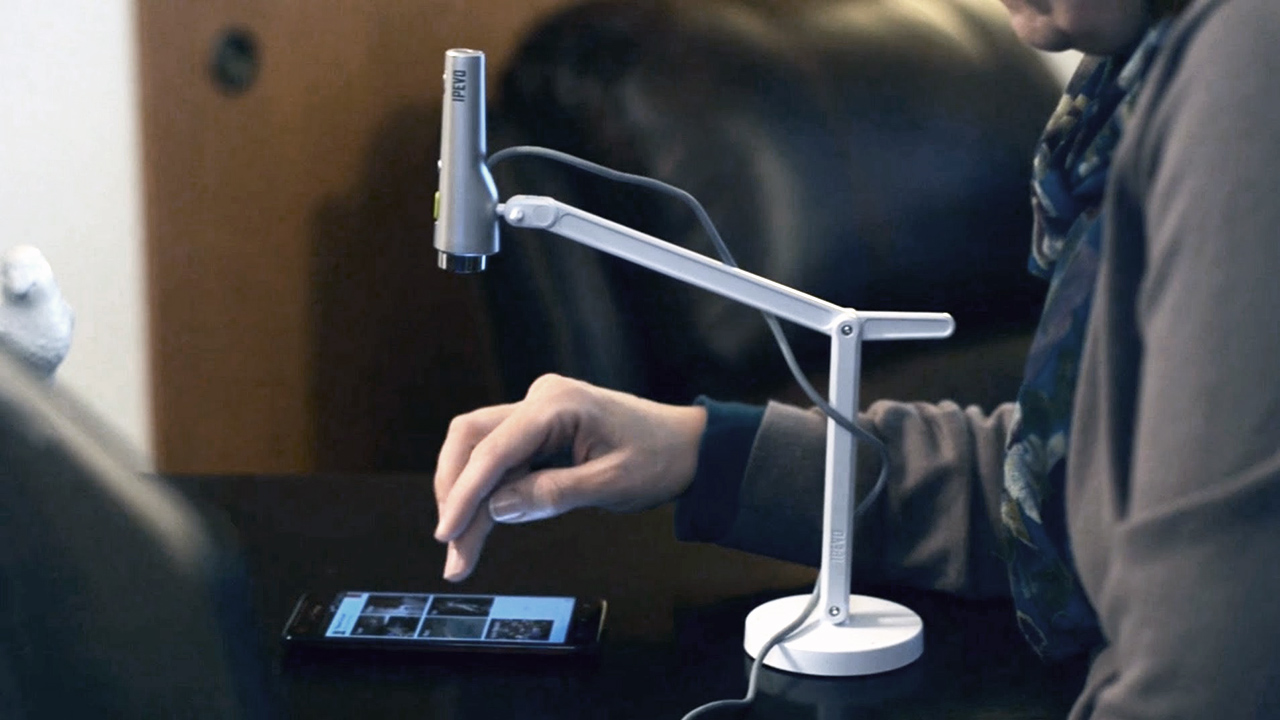Usability testing comes in many guises and right now we are going to talk about remote usability testing techniques. You may wish to know how it differs to traditional in-person usability testing? Well, the actual intentions are similar in that they both are carried out in order to identify design problems. Usability testing is all about involving real people who are asked to perform specific tasks that involve a product or service. Their results are fed back to the designer who can then use this data to fix any flaws that may exist. Let’s take a closer look at how remote usability testing differs and what benefits exist.
Remote usability testing
Remote usability testing is when the evaluator and the test participant are in two different physical locations. Of course, for this to be both possible and effective, some decent technology needs to come into play. It also adds so much more possibilities as far as testing material and participants are concerned.
Benefits of remote usability testing
Although some may disagree, there are many benefits of remote usability testing that tip the scales in its favour when compared to traditional in-person usability testing. Here are the top 3 and we think you will agree that these certainly add value to each type of remote usability testing:
- Personal investment – If you select the correct participants, you can ensure that they will have a real interest in the testing and the results. This will make them both more passionate and honest as far as the whole process is concerned.
- Technical environment – Remote usability testing allows you to carry out the process in a chosen environment. If you select correctly, you should be able to create some very accurate results.
- Diverse audience – Thanks to the flexibility of remote usability testing, it is easy to select test participants from different cities or even countries if you wish. Of course, there needs to be a good reason to do this and not just for the sake of novelty.
Which tools to select
There are a huge variety of remote usability testing tools to choose from, but it is really down to the tester’s requirements as far as the best one is concerned. Moderated remote usability testing tools like Userfeel.com are the best if you are interested in understanding the way that your participants are thinking. However, these, by design, are going to be a more expensive option when compared to unmoderated remote usability testing tools. Unmoderated remote usability testing tools are not only cheaper but also have a wider range of options. Because of the affordability, unmoderated remote usability testing is always the more popular option, but these can prove rather difficult to identify the problems and flaws of the product or service being tested.
Summary
Remote usability testing tools are certainly more popular than ever before but are not the solution to everyone’s questions. Remember that due to the very nature of this type of testing, it can prove difficult to establish a personal connection with the test participants. However, as we’ve touched on above, the positives still outweigh the negatives here and there are still enough good reasons to make this your usability testing method of choice.



